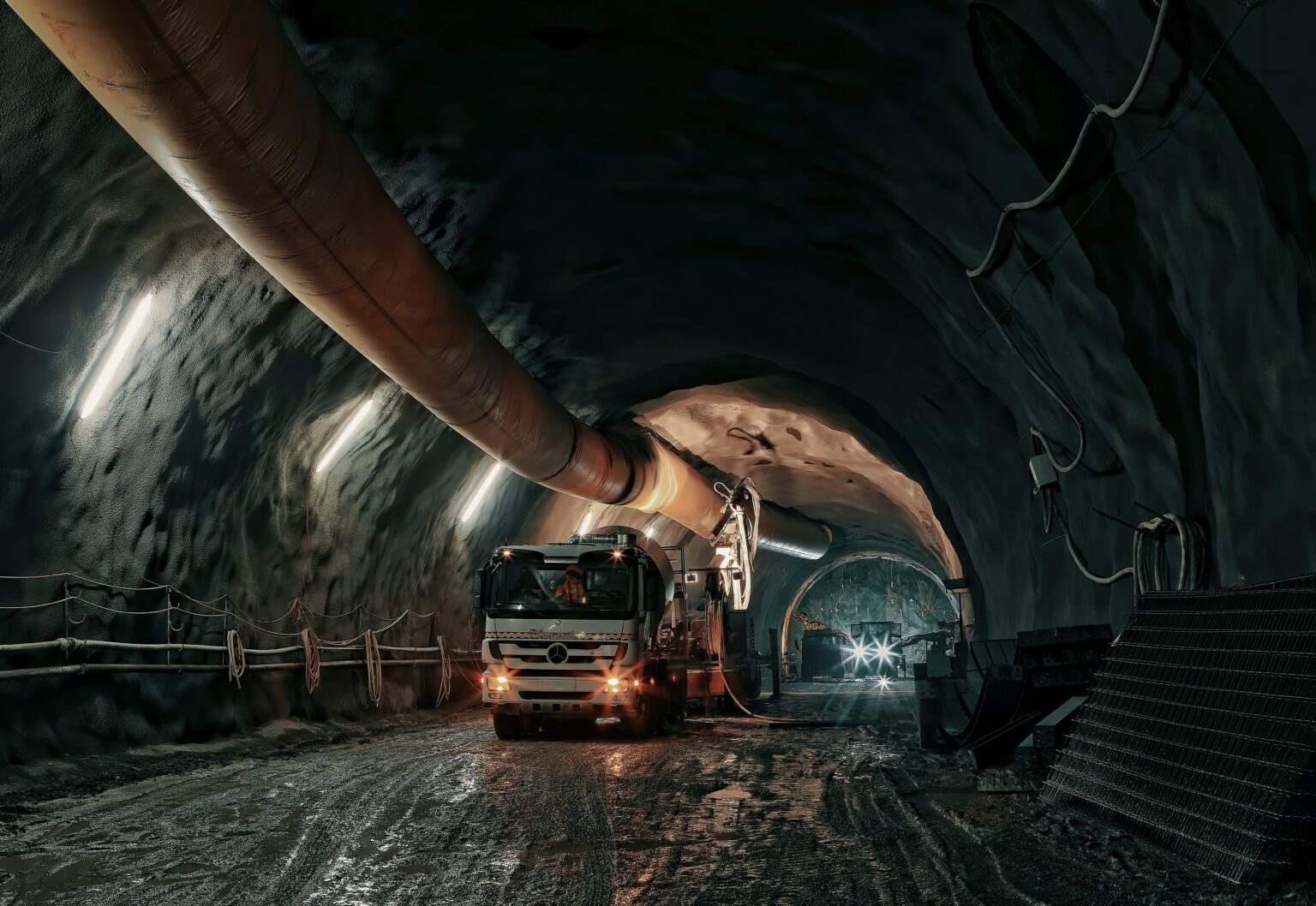
photo: Ricardo Gomez
We consume the world´s resources much faster than they can be replenished, if at all. The most prominent ones are forests, arable land, fresh water, fish stocks, essential rare earth minerals for the high-tech industry: metals such as dysprosium and neodymium, which are badly needed for the energy transition and for the construction of electric cars. Wind turbines also contain rare earth metals.
Many metals such as iron and gold are recyclable. Other minerals, such as phosphorous, are dispersed in soils and water flows, thus being washed away and lost.

Forests were and are disappearing at an alarming rate, be it at a somewhat slowing pace. Alarming, because of the many important functions that forests provide:
Livelihood for human settlements, including 60 million indigenous people. Food, water, fuel, protection. But also raw materials for our everyday items such as paper, detergents, cosmetics – even medicines. They are home to 80% of the world’s terrestrial biodiversity. They absorb greenhouse gasses; after oceans, forests are the world’s largest storehouses of carbon.
Illustration: the University of Leeds – School of Geography
Globally, forests cover approximately 1/3 of the land. The tropical domain has the largest proportion of the world’s forests. More than half of the world’s forests are in only five countries – the Russian Federation, Brazil, Canada, the United States of America, and China.
Already since the end of the 1940´s the UN Food and Agriculture Organisation assesses the world´s forest resources. It has evolved into a comprehensive evaluation of forests´ condition, management, and uses. Below is the link to their latest report [2020].
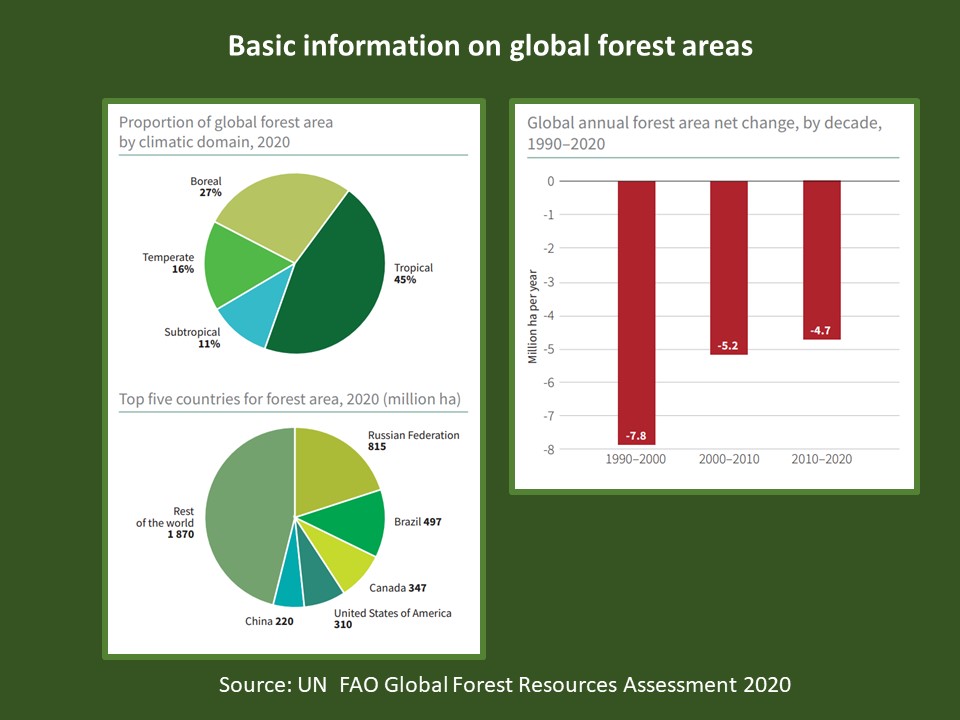
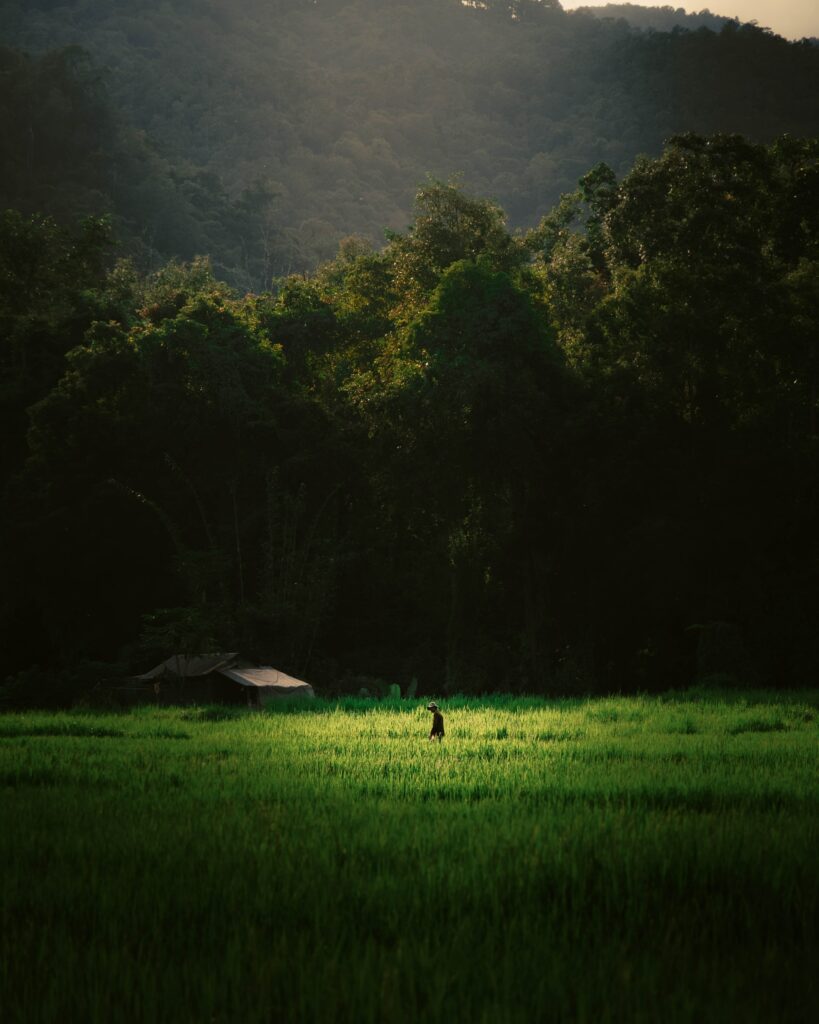
A 2015 research by theUniversity of Sheffield’s Grantham Centre for Sustainable Futures has shown that nearly 1/3 of the world’s food-producing land has been lost in the previous 40 years. It is caused by erosion as well as continual plowing and intensive use of fertilizers that degraded the soils.
The available arable land & land for permanent crops has declined from 0.45 in 1960 to 0.2 ha/person in 2020.
Experts state that 50% more food will be needed by 2050 to feed a population of 9 billion people. The increase in food production is most needed in developing countries.
photo: Racim Amr
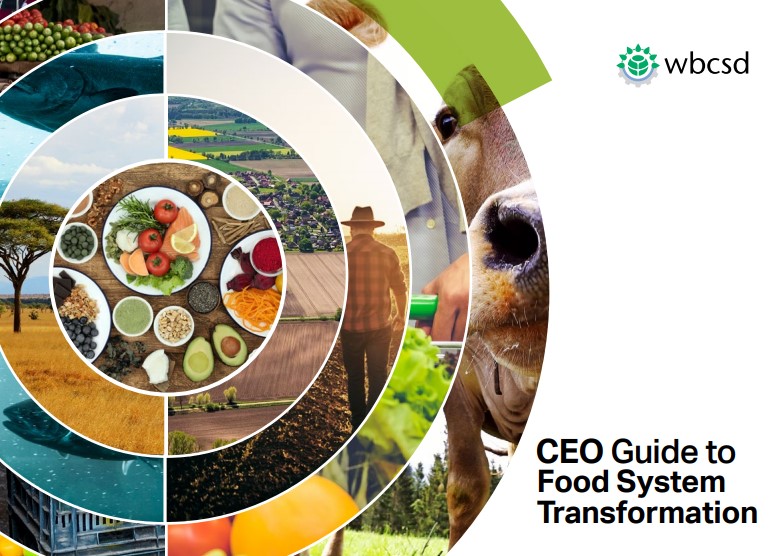
World Business Council on Sustainable Development
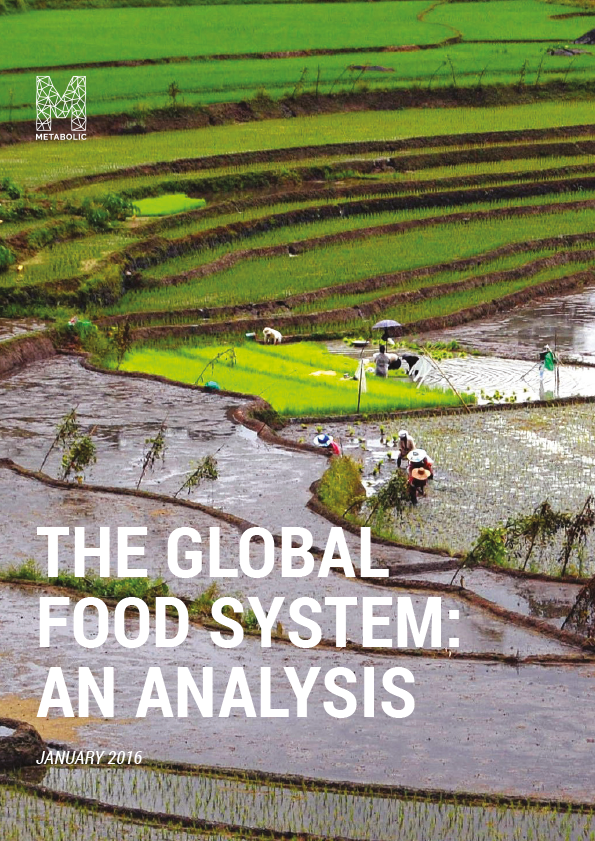
Metabolic - Institut Für Welternährung
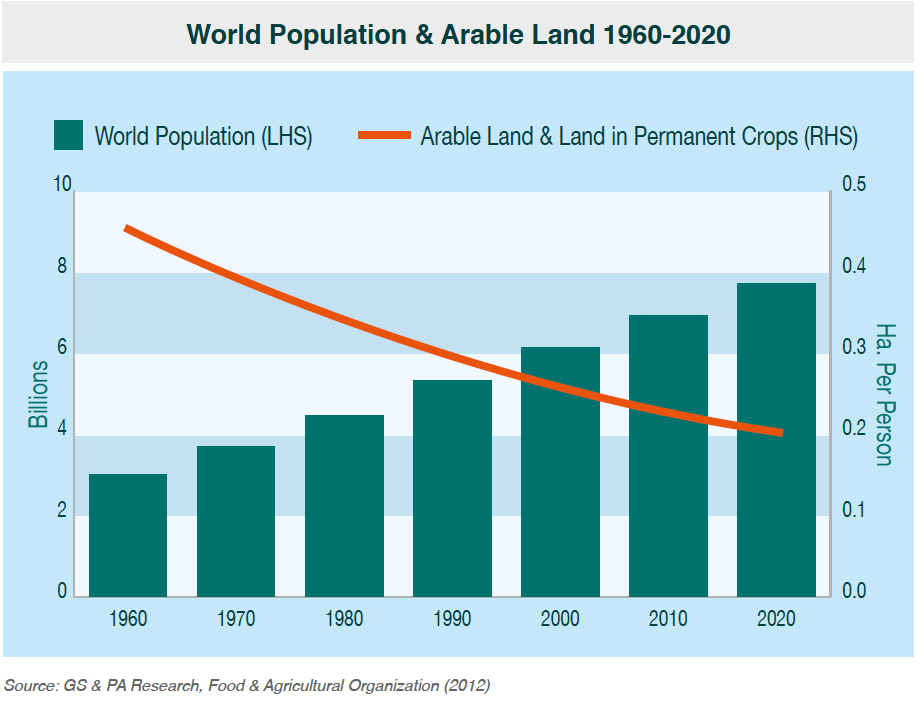
Below is a link to an excellent information page by UN Water Facts. Their introductory text on water is crystal clear [abbreviated citation]:
“Water is at the core of sustainable development and is critical for socio-economic development, healthy ecosystems, and for human survival itself.
Water is also at the heart of adaptation to climate change, serving as the crucial link between the climate system, human society, and the environment.
The physical world of water is closely bound up with the socio-political world, with water often a key factor in managing risks such as famine, epidemics, inequalities, and political instability”.
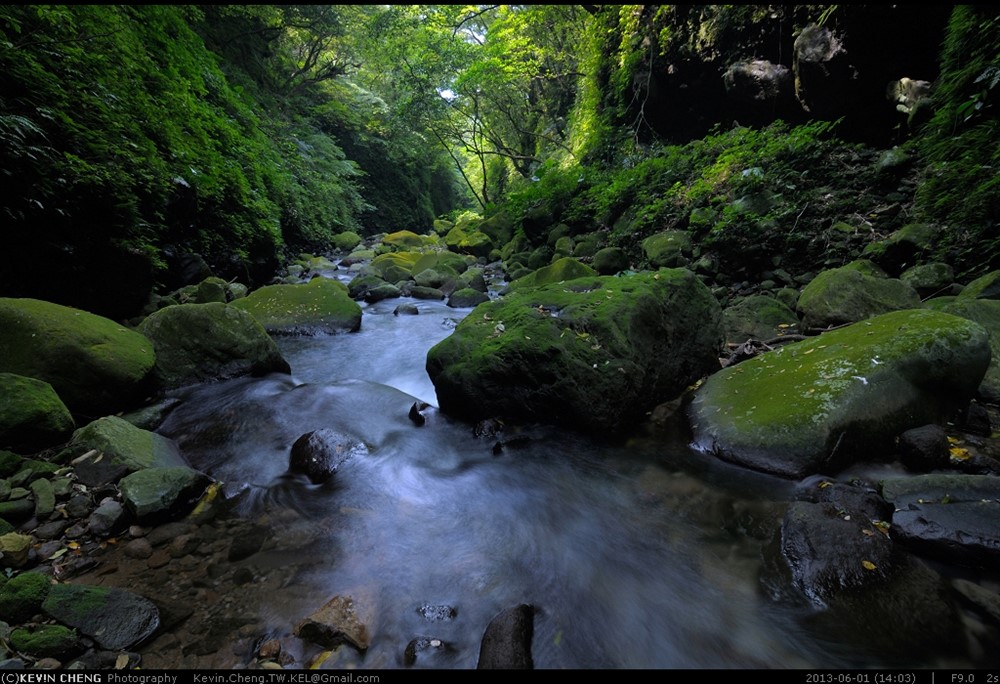
photo: Kevin Cheng
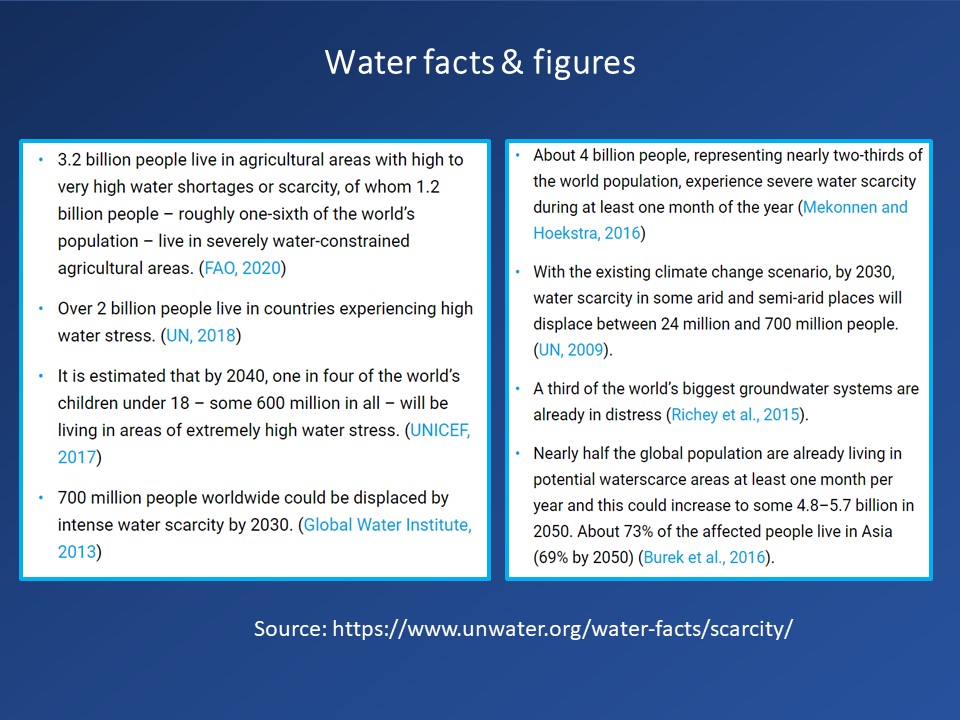
At the left is a summary of facts on the UN Water website. The numbers are shocking to me.
On the right is a link to an interesting concept.
For example, it taught me that 140 liters of water are needed to prepare one cup of coffee and 2400 liters for a hamburger ….
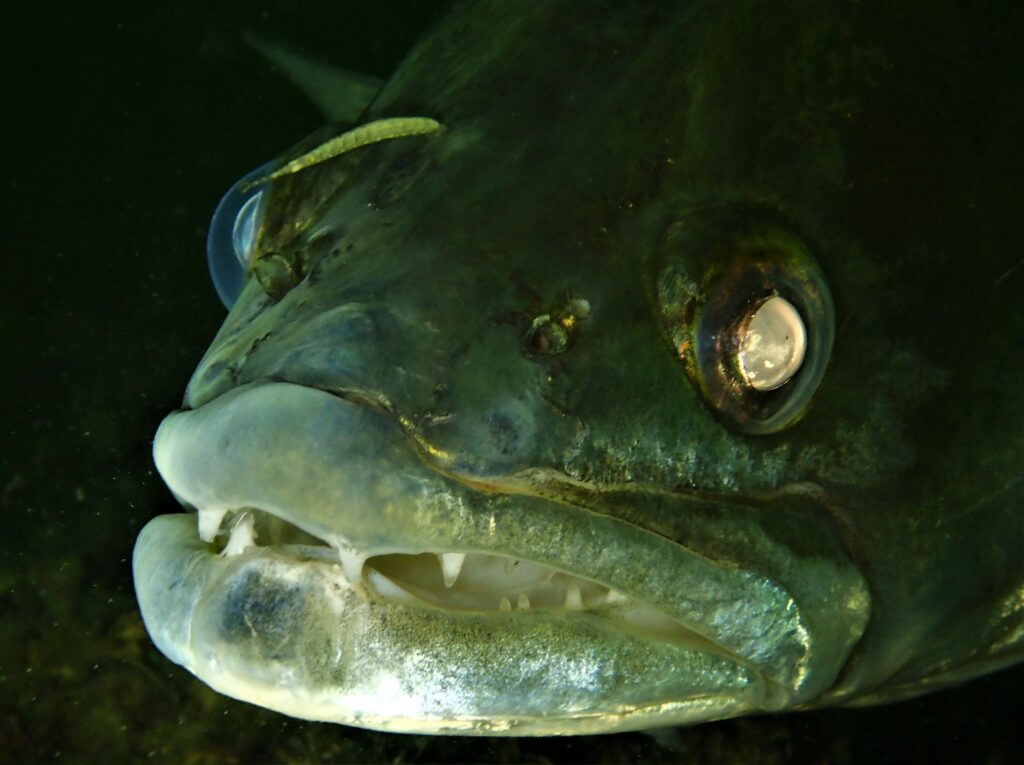
photo: Berthold Raadsen
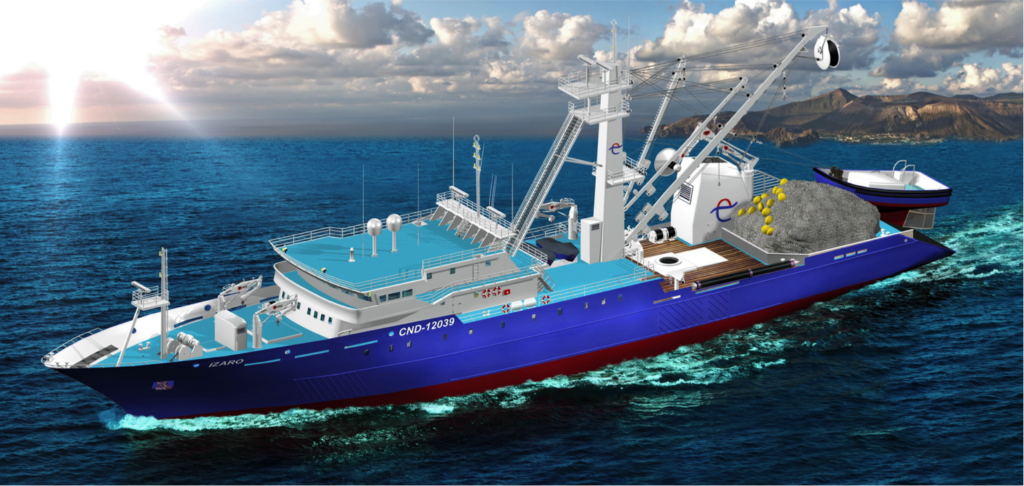
Fish accounts for more than 15% of all animal protein consumed in the world. And more than ¼ of that serves as food for families in the poorest countries. An estimated 200 million jobs are directly or indirectly connected with the fisheries sector. 54% Of the international fish trade comes from developing countries, which for them generate more income than most other food commodities combined.
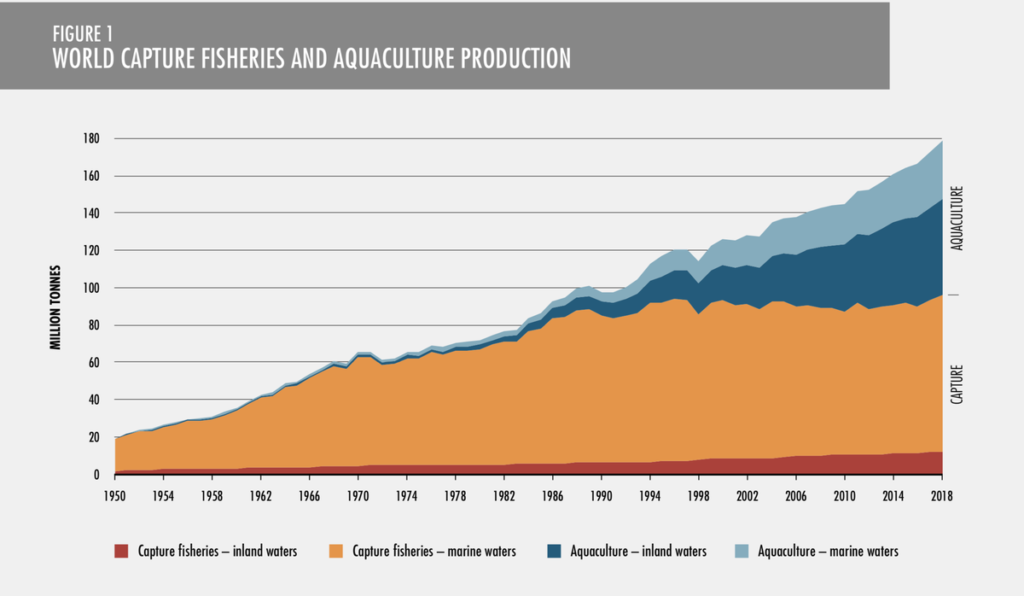
Interesting and more detailed info on scarily fast diminishing fish stocks in “The State of World Fisheries and Aquaculture 2020”, published by the FAO. It can be found here:
“The End of the Line is a powerful film about one of the world’s most disturbing problems – over-fishing. Advances in fishing technology mean whole species of wild fish are under threat and the most important stocks we eat are predicted to be in a state of collapse by 2050.
The film points the finger at those most to blame, including celebrity chefs, and shows what we can do about it. This is not just a film, it is also a campaign – for sustainable consumption of fish, for marine protected areas to allow the sea to recover, and for a new ethic of responsible fishing”. End of quote.


Lockheed Martin F35
Rare earth metals are critical to the U.S. military, given their use in the Lockheed F35, and other weaponry like precision-guided weapons and drones.
But they are also used in windmills, electric vehicles, and batteries. And in smartphones, among others.
China controls about 80 percent of the global supply. Rare earth elements are not as “rare” as their name implies. However, these metals are very difficult to mine.
Phosphorus is an element that is key for both plant and human health. Close to 80% of global production is used for fertilizers. Phosphorus is essential for photosynthesis, but also cell growth, root development, and increased disease resistance.

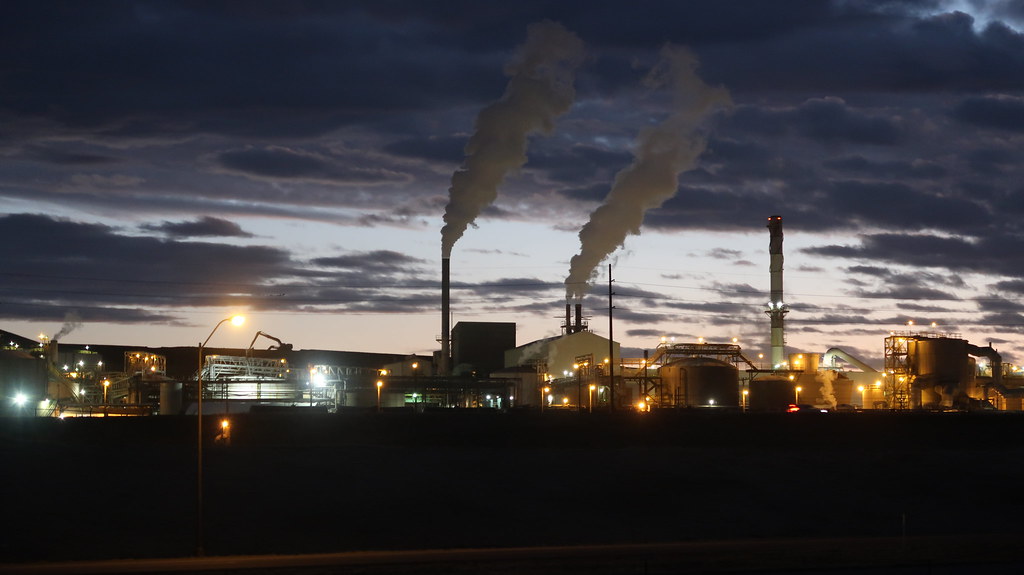
85% of Earth’s known reserves are in Morocco. Critical to contemporary agriculture, its annual demand is rising nearly twice as fast as the growth of the human population, leading to the possibility of global shortages by 2040.
photo: factory at Pocatello [Daniel Canfield – creative commons]


This website is a personal narrative, based on 50 years experience in international business, non governmental organisations and consulting practise. My guest lectures at the Institute of Environmental Sciences [Leiden University, The Netherlands] are derived from it.
Ludo van Oyen – Brussels, 2021
Some photos are taken from the web. If you think your photo is used and you disagree, please send me an e-mail and I will remove it from this site.